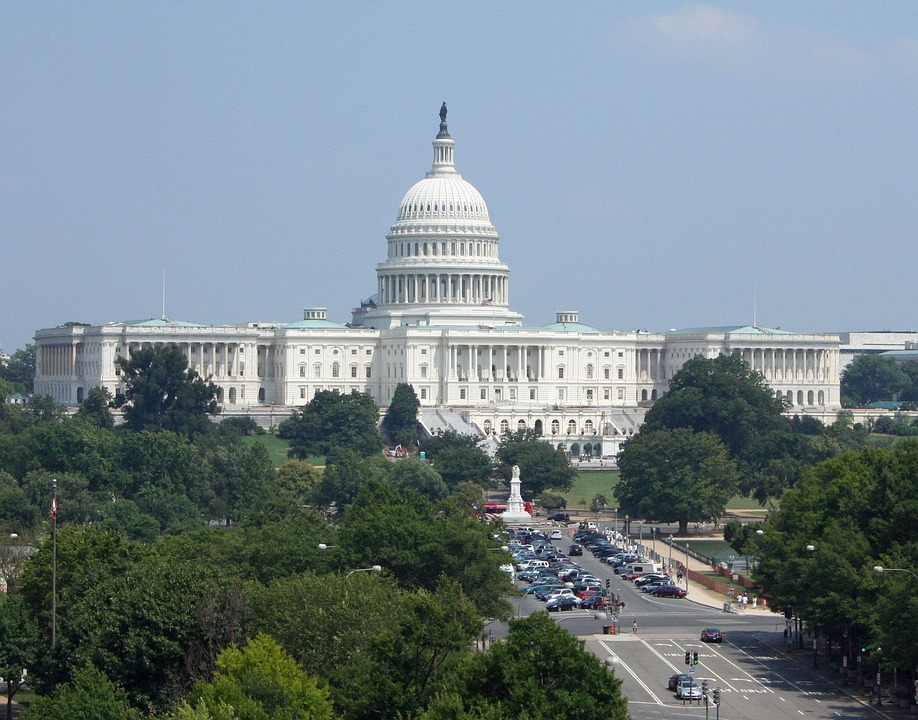In an increasingly interconnected world, the importance of biodiversity cannot be overstated. Biodiversity refers to the variety of living species on Earth, encompassing plants, animals, fungi, and microorganisms, as well as the genetic diversity within these species and the ecosystems they form. A healthy and diverse ecosystem is crucial for the sustainability of our planet, as it provides essential services that support life, including clean air and water, pollination of crops, and climate regulation. However, human activities continue to threaten biodiversity, leading to habitat destruction, pollution, invasive species, and climate change.
Given the urgency of the situation, it becomes imperative to explore how local policies can align with global conservation efforts. While the causes of biodiversity loss often appear distant or overwhelming, local initiatives can create effective, tangible impacts. Each community, whether urban, suburban, or rural, plays a critical role in safeguarding the natural world.
Local Policy: The Catalyst for Change
Local governments have unique opportunities to implement policies that protect biodiversity and promote sustainability. The decisions made within municipal boundaries can have far-reaching consequences, influencing ecosystems, community health, and climate resilience. Here are several strategies through which local policies can contribute to global conservation goals:
1. Urban Planning and Green Spaces
Planning policies that promote the creation and maintenance of green spaces—such as parks, community gardens, and green roofs—can enhance local biodiversity. Cities that incorporate native plant species into landscaping not only support local wildlife, such as pollinators, but also reduce the need for pesticides. By prioritizing biodiversity in urban design, cities can create habitats for various species while also improving the quality of life for residents.
2. Sustainable Resource Management
Local governments can enforce regulations and provide incentives for the sustainable management of natural resources. This includes supporting local agriculture that employs organic and regenerative practices, thus reducing the harmful effects of chemical runoff on local ecosystems. Policies that encourage responsible water use, waste management, and energy consumption can also prevent pollution, which is a major threat to biodiversity.
3. Community Engagement and Education
Raising awareness about the importance of biodiversity is vital for fostering a culture of conservation. Local policies that support educational programs in schools and community centers can empower residents to take action. Workshops, volunteer events, and citizen science projects encourage community involvement in monitoring local wildlife and protecting their natural habitats.
4. Invasive Species Management
Many local ecosystems are threatened by invasive species, which can outcompete native flora and fauna. Local governments can implement policies aimed at preventing the introduction of invasive species and managing their populations. Programs that educate residents about invasive species and encourage them to remove these plants and animals from their yards can mitigate their impact.
5. Climate Action Plans
Climate change poses a significant threat to biodiversity. Local policies that align with global climate action efforts can help mitigate its effects on species and ecosystems. Implementing renewable energy initiatives, promoting public transportation, and enhancing energy efficiency can collectively reduce greenhouse gas emissions and minimize climate-related impacts on local wildlife.
6. Collaboration and Partnerships
Local governments can forge partnerships with conservation organizations, universities, and community groups to leverage expertise and resources for biodiversity conservation. Collaborative efforts can lead to the development of innovative conservation strategies tailored to local contexts while contributing to broader global initiatives.
The Power of Individual Action
While local policies undoubtedly play a pivotal role, individual actions should not be underestimated. Community members can advocate for policies that protect local biodiversity, participate in conservation efforts, and adopt sustainable practices in their daily lives. Simple actions such as reducing water use, choosing native plants in landscaping, and supporting local farmers can create a ripple effect of positive change.
Conclusion
Biodiversity is a cornerstone of life on Earth, and preserving it is a shared responsibility that extends beyond national borders. Local policies can significantly contribute to global conservation efforts by creating environments that support diverse ecosystems. As individuals and communities acknowledge their role in this pressing issue, the collective impact can lead to substantial progress in safeguarding the planet’s biological wealth. Together, through grassroots initiatives and informed policies, we can work towards a healthier, more resilient world for both people and nature.


